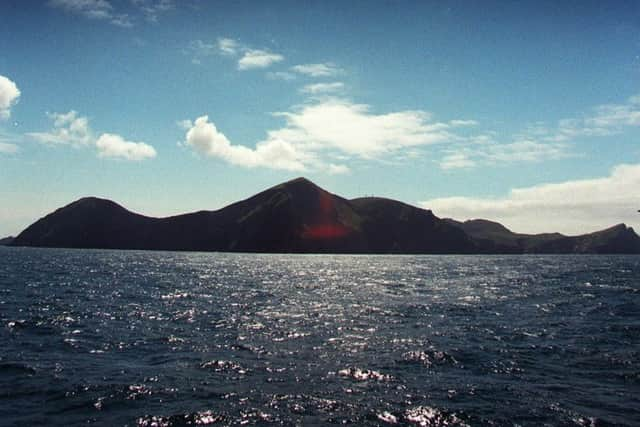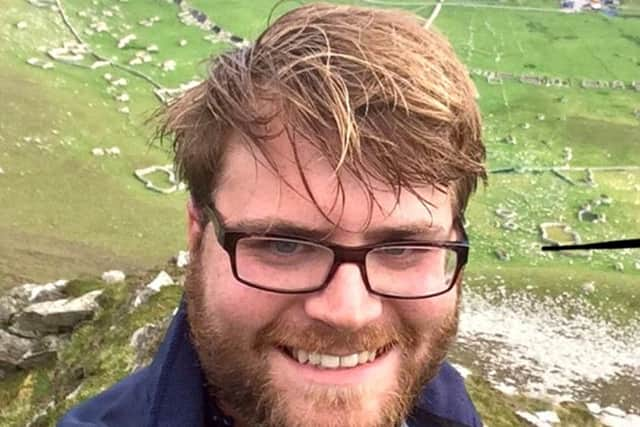What it's like to live on the remote island of St Kilda
“I stay in the Manse which was built by Robert Stevenson, the lighthouse engineer. There are three bedrooms here and a wee room for a shop which is run by the St Kilda Club and is opened up for half an hour at a time for visitors. There you can buy things like mugs, scarves, jumpers and toy puffins.
“At the moment, St Kilda is at an unusual point. There is a lot happening as the MoD base is being rebuilt and there are a lot of contractors around. There could be upwards of 60 to 70 people here at one time but that will fall away to between 20 and 40.
Advertisement
Hide AdAdvertisement
Hide Ad“It’s a pretty decent social life here and that’s something that you probably don’t expect. Perhaps some people who come here want to be about that hermit lifestyle, but sometimes you can’t get a moment alone. It’s a good wee group. I see it as a modern day St Kilda community.


“You have got three people from NTS based here over the summer, and then you have the MoD base as well as scientists and biologists working on the Soay sheep project. In the summer, it’s actually a busy wee place. When I am not in St Kilda, I live in Glasgow, and sometimes you do wake up here on a Sunday morning and think how good it would be to go for a coffee at the wee cafe down the road.
“So you do miss things but there is work to do and you just get on with it. After ten weeks you do get excited to go off for a fortnight because you do get isolated from parts of your life. But on the other side, you miss the island when you are off. Today, I am glad to be back here.
“We do have internet and phone here but today the lines are down so I am speaking to you via a microwave link. I do miss the internet when it is down – I am 26 years old, after all.
“We do have the odd social meet-up. For such a small group we do quite a lot. We have satellite television so we have movie nights. Sometimes we will go to the Puff Inn, the little bar on the MoD base. It’s a proper Cold War-era soldiers’ pub and its quite good fun. There is a pool table there.


“Otherwise, we go for a lot of walks. In September at night the stars are absolutely spectacular. It is totally phenomenal and there will usually be someone, maybe someone from the sheep project, who knows about constellations.
“Food I would say is the most difficult part of the job. The helicopter comes out twice a week to supply the MoD. We could order food twice a week but we don’t, it puts space in the helicopter under strain, so we order enough food for three weeks at a time. I have got a tower of tinned food in my room and that makes me feel good, to have that backup. The most difficult thing to get here is ice cream.
“My job here is really is a job of a lifetime. St Kilda is unique – it’s a World Heritage Site on both a cultural and natural level.
Advertisement
Hide AdAdvertisement
Hide Ad“Quite a lot of your life here is affected by the seasons, the tides. It’s a very natural way of living. I suppose it is the rhythm of life.


“There has been a long history of documenting St Kilda, right from the 1600s. There are also many amazing photographs of the island so we can actually look at a building and go ‘that stone has moved’. It’s not just about being really picky. The way the stones are laid here are unique to St Kilda and we want to preserve that St Kildan voice.
“I think there are elements of St Kilda being like a living museum. Preserving the St Kildan legacy is my primary job.
“When you see people walking through the landscape taking it all in, you can see them really understanding the place. We don’t have a lot of interpretation boards or signs, it really is just as it was.
“It’s not a sad place, it’s not empty and its not desolate. St Kilda is very much a living place.”